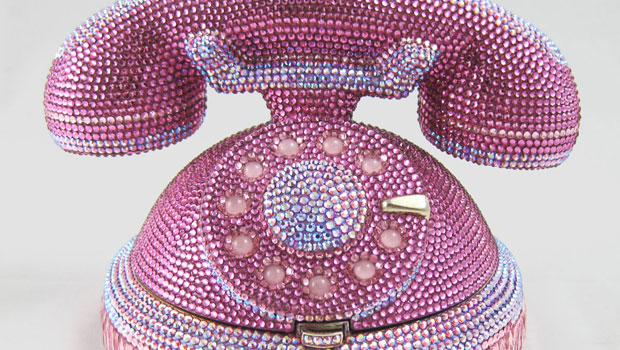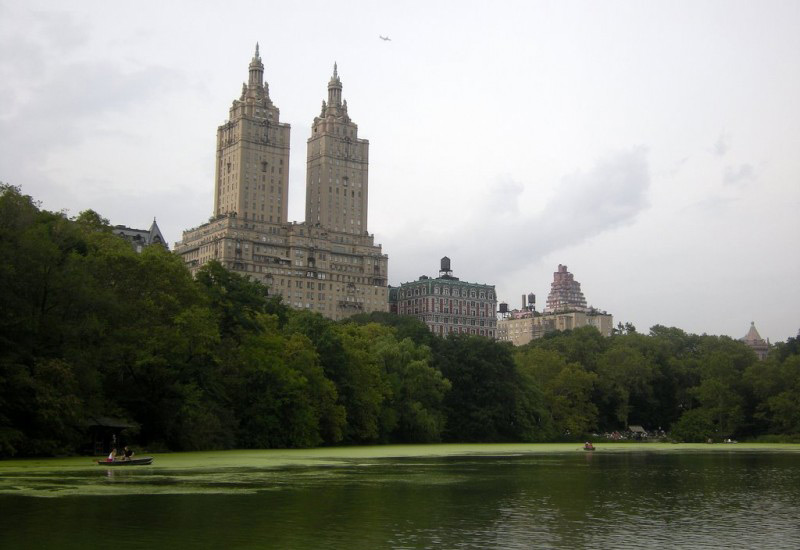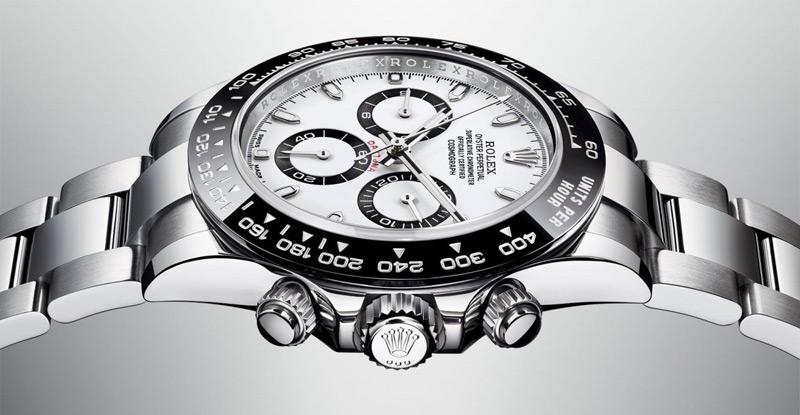The Porsche automobile and Ferdinand Porsche are inseparable parts of the fabled Porsche mythology; the type 356 was conceived by Ferry Porsche, son of Ferdinand, but it was rooted very strongly in long-standing convictions. This car also had its roots in the legendary New York distributor of imported cars, Max Hoffman. Mr. Hoffman had a good sense of the emerging American market for sports models. Having procured the east coast franchise for Porsche, he did well selling early 356s He had observed the popularity of the Jaguar XK 120 and the worry over his sales competitors only intensified with the introduction of the Austin-Healey Hundred in 1953, which sold for $2,895, a full $1,400 less than the least expensive Porsche.
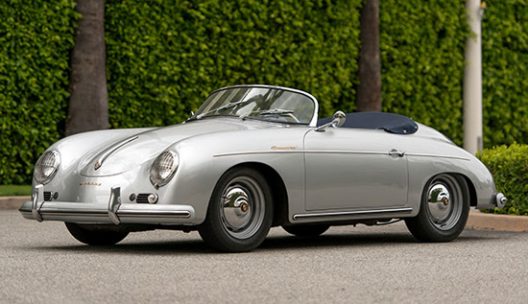
1958 Porsche 356A 1600 Speedster by Reutter
Hoffman proposed to Ferry Porsche that a sportier, more basic variant, selling at a lower price, would bring dividends. Thus was the staging for the premier of the 356 Speedster, strategically specified for the burgeoning American market. Reutter & Co., of Stuttgart; already with a close Porsche association, supplied the body. The firm also assisted with engineering, for economic purposes. A low, raked windshield was made removable for racing, and light bucket seats replaced the standard type. Side windows were omitted entirely—owners had to rely on side curtains. The top was very basic, and the only instruments were a speedometer and a temperature gauge. The tachometer and heater were optional, helping to keep the basic price under $3,000, when delivered in New York.
In late 1957, improvements were made to the Speedster model, including a 1,600-cc engine. Known specifically as the T2 variant, this marked the final production run of the Speedster prior to the Convertible D of 1959. By the time T2 (“Technical Program II”) Speedster production wound down in 1958, less than 1,200 examples are reported to have been built, and that group is considered to be the most modern and drivable today.
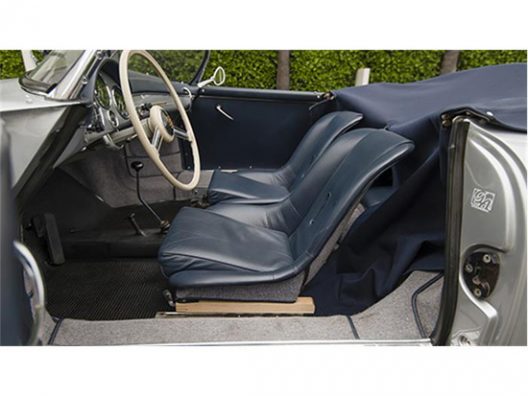
1958 Porsche 356A 1600 Speedster by Reutter
Finished in the national German racing color of silver; this 1958 Speedster has been restored in a very tidy manner that executed by European Collectibles. During the ensuing years; this Reutter-bodied example has been fitted with a period-correct 1600 “Super” flat four-cylinder engine that is reported with 75-hp and runs with a manual transmission. Wire headlight mesh, VDO instrumentation and dual rearview mirrors provide the basic “extras” for the Porsche. Minimalism is very well served with this exceptional example. It will be offered by Auctions America on Saturday 25, at its Santa Monica Collector Car Auction where is estimated to bring $260,000 – $300,000.
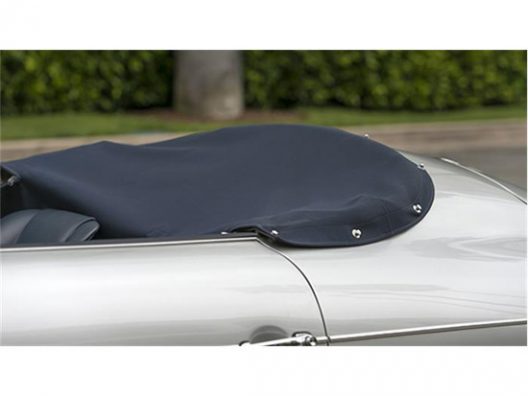
1958 Porsche 356A 1600 Speedster by Reutter




